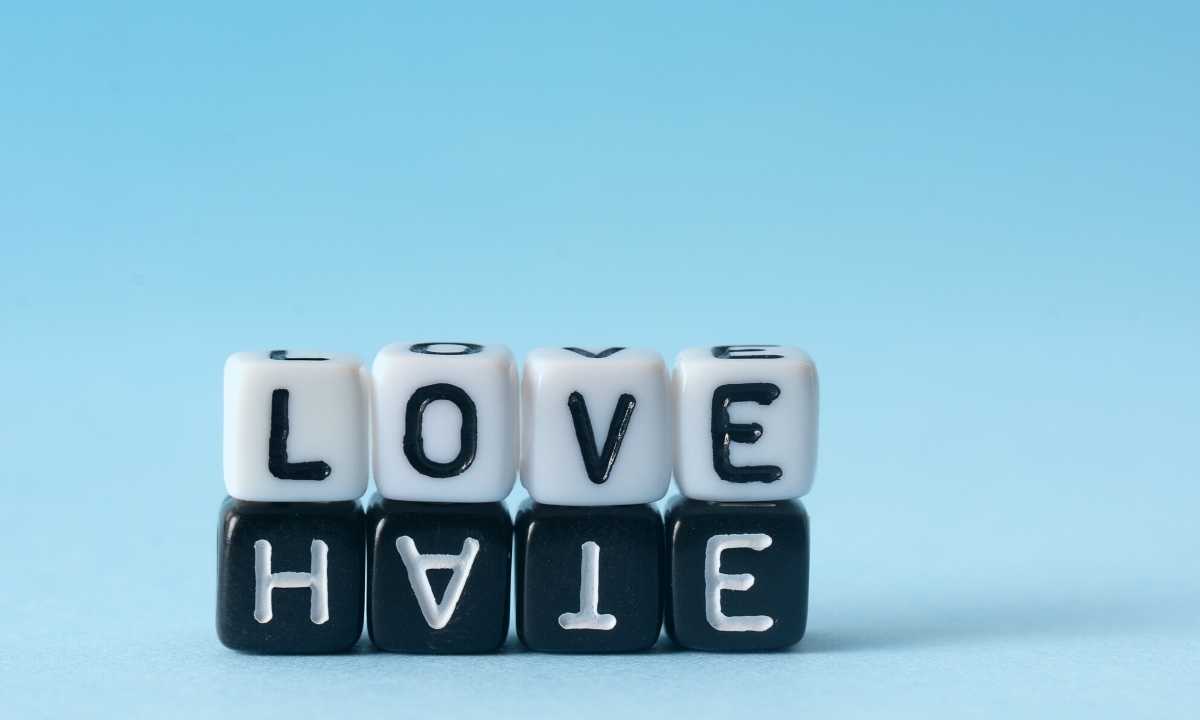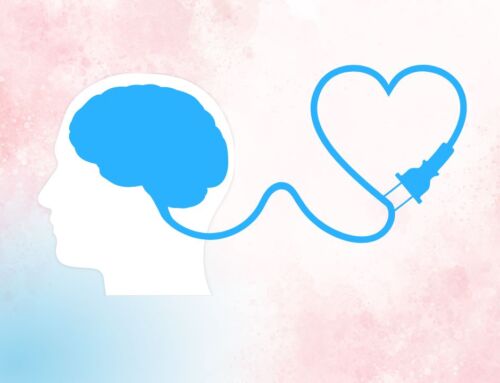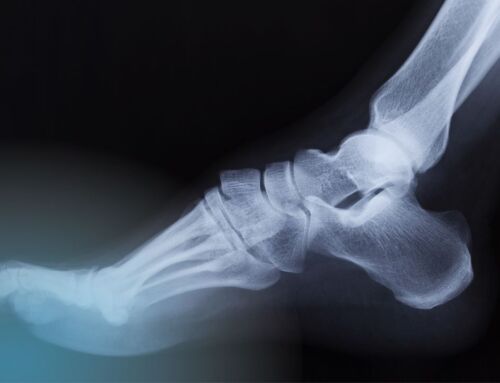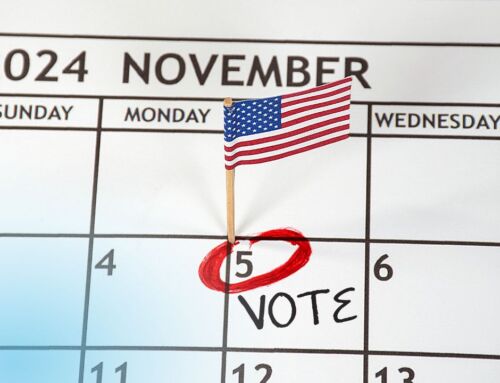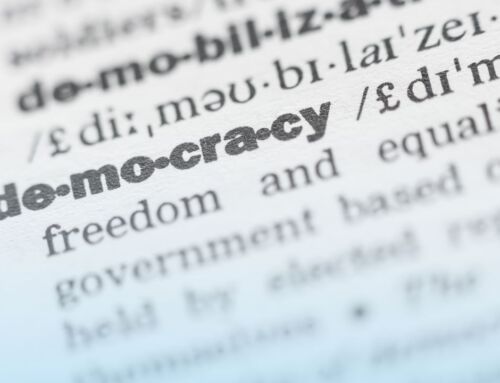In my meditation class this morning, one of my students asked for help with her anger which is eating her alive. She is having nightmares and is often boiling over in anger during the day. I got a few private messages on zoom that the class wanted to be a political free zone, but here’s the truth: our political situation in the USA is making people sick.
I teach tools to manage difficult emotions, so it’s an appropriate use of class time exploring what might help us all, regardless of whether our anger is our fear that we are living under a would be fascist dictator, or that we are moving towards a socialist/communist/anarchist government.
My first suggestion was that we need to s-l-o-w the fuck down. Slow down… stop and slow down. I think the group was a little surprised I used the f-bomb!
We’ve all heard the phrases about hatred hurting us – drinking poison and expecting the other person to die, or hatred corroding the vessel that contains it, and we are that vessel. Intellectually, I imagine hearing a collective “Duh!” But emotionally, it’s much stickier.
How can we really get those scratchy jagged feelings out of our hearts and minds?
Telling someone to “let it go” isn’t going to work. They need a tool kit to manage anger – some needle nose pliers to pull out the jagged bits. Here is my tool kit, practiced over the course of many years on anger, and even sometimes on rage.
It starts with the 3 things that I put on my website in 2014 – intention, attention, and attitude:
Intention: We need to set the intention to let it go. Sometimes we hang onto anger because our righteous indignation gives us something that we need. However justified we might be in our anger, we need to let it go – which is not telling yourself that everything is alright, or that the object of the hatred is all of a sudden a saint, but rather the situation is what it is, and I’m not carrying the weight of it anymore. I’m not allowing real estate in my heart to be taken up by toxic waste. If I want to be part of the change I want to see in the world, I need to lighten up my load so that I can be an effective advocate for change.
Attention: I’m going to concentrate my attention on specific tools that will help me manage difficult emotions. When I notice anger coming up, I will pause. I might take a few moments to rest my attention on my breath. I can move my attention around, because the gift of meditation practice is that I know how to shift my awareness from thing to thing. I might notice how my body feels. I can put my attention on where my body is contacting anything in the environment. I might take a listen to sounds in the environment, and take note of the temperature in the space, and what colors my eyes see in the moment. All these objects of my attention take my attention away from the feelings of anger. This stops the ruminating anger that runs in a discursive loop circling the drain with your body in tow!
Attitude: My intention is to love myself; to treat myself as my dearest friend, and to allow myself to rest, as the poet Jane O’Shea describes, “in the hammock of my heart.”
Then if I still feel activated, I will run through R.A.I.N.
Recognize: Labeling the emotion “anger” allows a bit of room around it, calming down the amygdala.
Allow: I will allow the emotion to be there, feel into it, not run and hide, or numb it. I want to find it in my body. Put my hands on it.
Investigate: Furthers the “allow” above, gently finding the parts in the body that are tied up with the story and trying to soften, relax, soothe, release the story and the constriction in the body.
Nourish: Ah…what do I need to hear right now? I speak to myself…I say, “Julie, sweetheart, this anger is only hurting you. It’s so tough to feel this way. And by the way honey, you are not alone. Our country is being shredded to smithereens by hatred. Let’s love ourselves up so much that we can have love spilling over for others.” I remember that just like me, these people want to belong. Just like me, these people want to be safe and free from suffering. Just like me…just like me.
Lastly, I choose something to do or to think that will bring me joy.
I intentionally change the channel, not to bypass the crap, but to take back my power. I recommend creating a “Joy List” for this practice, so when you are new to the idea, you don’t have to remember what brings you joy. Eventually, it will be automatic. I know that a bath helps me, so if I’m somewhere with a bathtub, that’s a “go to” for me. I might phone a friend. I might get outside in nature or move my body. You get the idea.
I must tell you that seeing photos of other people’s grandkids makes me happy. I also love seeing other people’s dog photos. I get the feeling of joy that they must have – I can feel it expanding like a balloon in my chest. That’s the feeling you are going for when you choose an activity that brings you joy – an embodied experience. If you enrich and absorb it, you will be doing double duty because you are wiring your brain for happiness and resilience. All those happy bridges are pruning out the negative and replacing it with the positive.
So…let’s all try to slow down and take good care of us. We deserve the best; let’s give it to ourselves, then after we have calmed down, we can step up to help.
